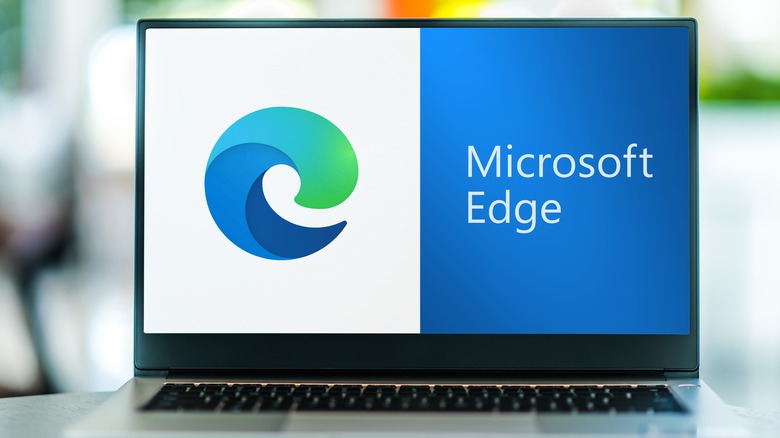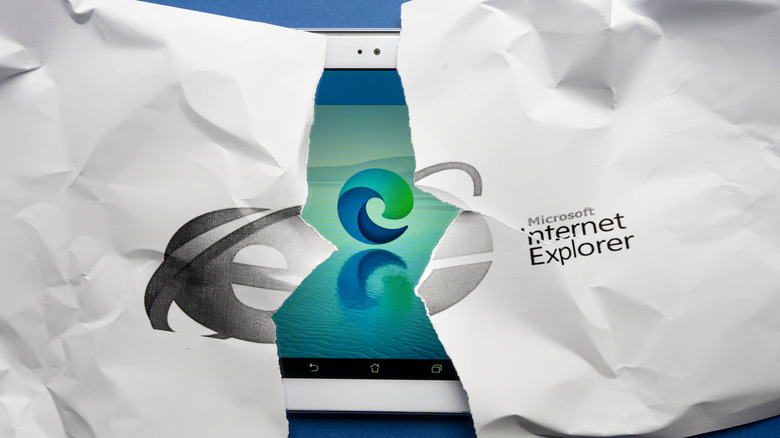Microsoft Edge Will Add Three New Tools To Its Growing Arsenal
Internet Explorer, one of the two grandfathers of the web, is finally dead. Not just retired but dead-dead, as in unavailable for use even by companies that may have built custom tools around the venerable web browser. By now, most people outside of those enterprise users have migrated to more modern and more capable browsers anyway — some might have even switched to Microsoft Edge, much to the company's delight. With Internet Explorer no longer supported, Microsoft can finally pour everything it has into developing Edge, and it seems to be doing just that, potentially setting it up to become the next Internet Explorer in not-so-flattering ways.
The current Microsoft Edge is the second browser to bear the new brand. The short-lived first version was based on an in-house rendering engine that failed to meet both Microsoft's and users' expectations. Edge is now based on Chromium, the same open-source foundation of Google Chrome, which frees Microsoft to focus on developing features on top to expand its browser. Where that growth will stop, no one seems to know yet, including Microsoft.
According to Neowin, Edge is about to get three new features. One is a calculator that most likely embeds Windows's built-in tool into an Edge sidebar. There's also a currency converter, which is definitely one of the most common activities one tries to do on the web. Finally, there will be a speed testing tool, though it's not clear whether it will be Microsoft's own or if the company will strike up a partnership with something like Ookla.
Internet Explorer redux
What makes every new Edge feature troubling is that they are built into the browser itself. Rather than following the footsteps of the likes of Google Chrome and Mozilla Firefox, Microsoft is baking features into Edge instead of releasing them as optional add-ons. Of course, the browser still supports add-ons — some from Chrome — but Microsoft's first-party utilities are part and parcel of the browser.
In some cases, those features are indeed convenient and mostly expected, like a reading list, a VPN, a currency converter, or, yes, even a calculator. In other cases, however, the addition of tools related to shopping and, worse, financing not only bloat up the menus but also have a measurable impact on the browser's performance. There has already been clamor about Microsoft's unrestrained deployment of new features, but it seems like there's no stopping Redmond.
It's a bit puzzling why Microsoft won't just move some of the features into add-ons, or at least into some separate part of Edge that could be enabled or disabled as needed. At the end of the day, built-in features result in a larger body of code for Edge, which means more work for the present and future developers. By bloating Edge internally, Microsoft runs the risk of repeating the same history that ultimately led to Internet Explorer's demise — and, at this rate, it might not take long for Edge to catch up.

